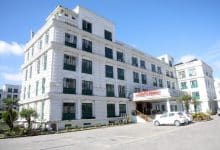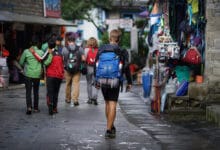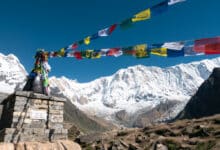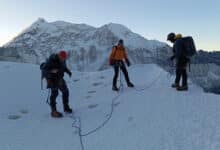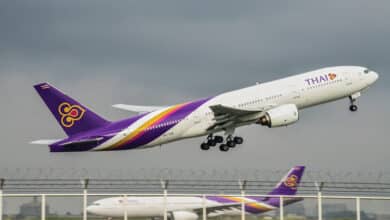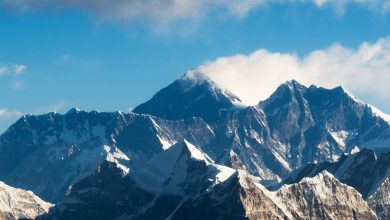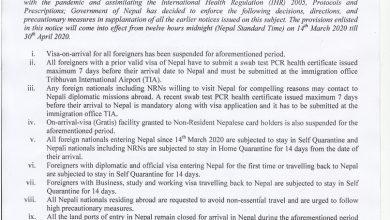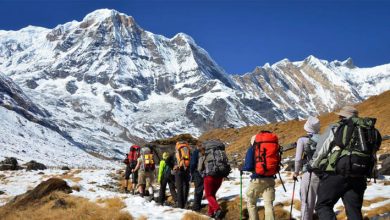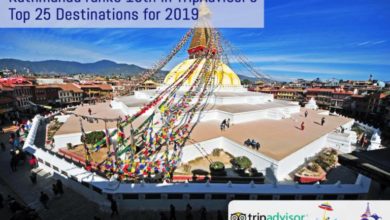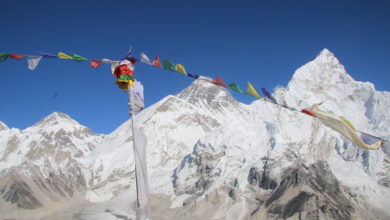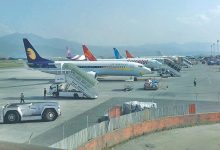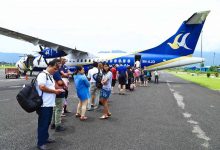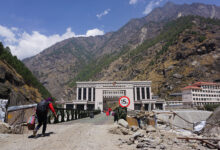Tara Air flight from Pokhara to Jomsom missing
The bad weather has hampered the search efforts at the site where the plane was last spotted by the locals.
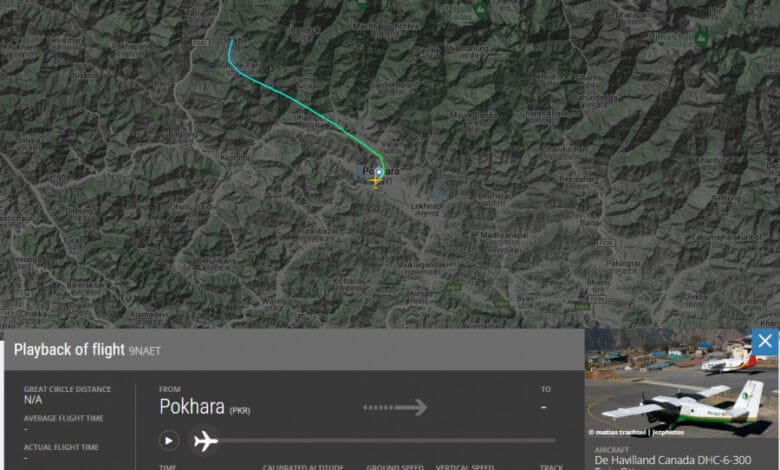
A Twin Otter plane belonging to Tara Air flying from Pokhara to Jomsom has gone missing since Sunday morning.
The 9N-AET plane carrying 19 passengers flew from Pokhara at 9:55 am and made lost contact at 10:07 in the Ghodepani area, according to the statement issued by the Civil Aviation Authority of Nepal.
According to an air traffic controller at Jomsom Airport, they have an unconfirmed report about loud noise in Ghasa of Jomsom.
A helicopter has been dispatched to the areas where the last contact was made, according to the air traffic controller of Jomsom Airport.
The last contact was made in Lete Pass. The plane was carrying 13 Nepalis, four Indians, two Germans and three crew members.
Chief District Officer of Myagdi Chiranjibi Rana told the Post that bad weather has hampered the search efforts at the site where the plane was last spotted by the locals.
According to him, locals reported that the plane made two circles at Khaibang and headed to Kiti Danda near Lete Pass (2,500m).
“A team of police has been mobilised at the site. The site is a 12-hour walk from Lete,” he said. “There are no human settlements in the area where locals last spotted the plane.”
“As soon as the weather improves, the helicopter will begin aerial operations,” said Rana.
The Nepal Army also has deployed its personnel in the Lete area.
“We have mobilised our search and rescue teams from both ground and aerial operations. We are yet to trace the plane,” Brigadier General Narayan Silwal, a Nepal Army spokesperson, told the Post.
An MI-17 chopper has also been dispatched from Kathmandu to Lete, according to the army.
“As the weather is improving, we will soon begin the operations,” said Silwal.
This is a developing story.


